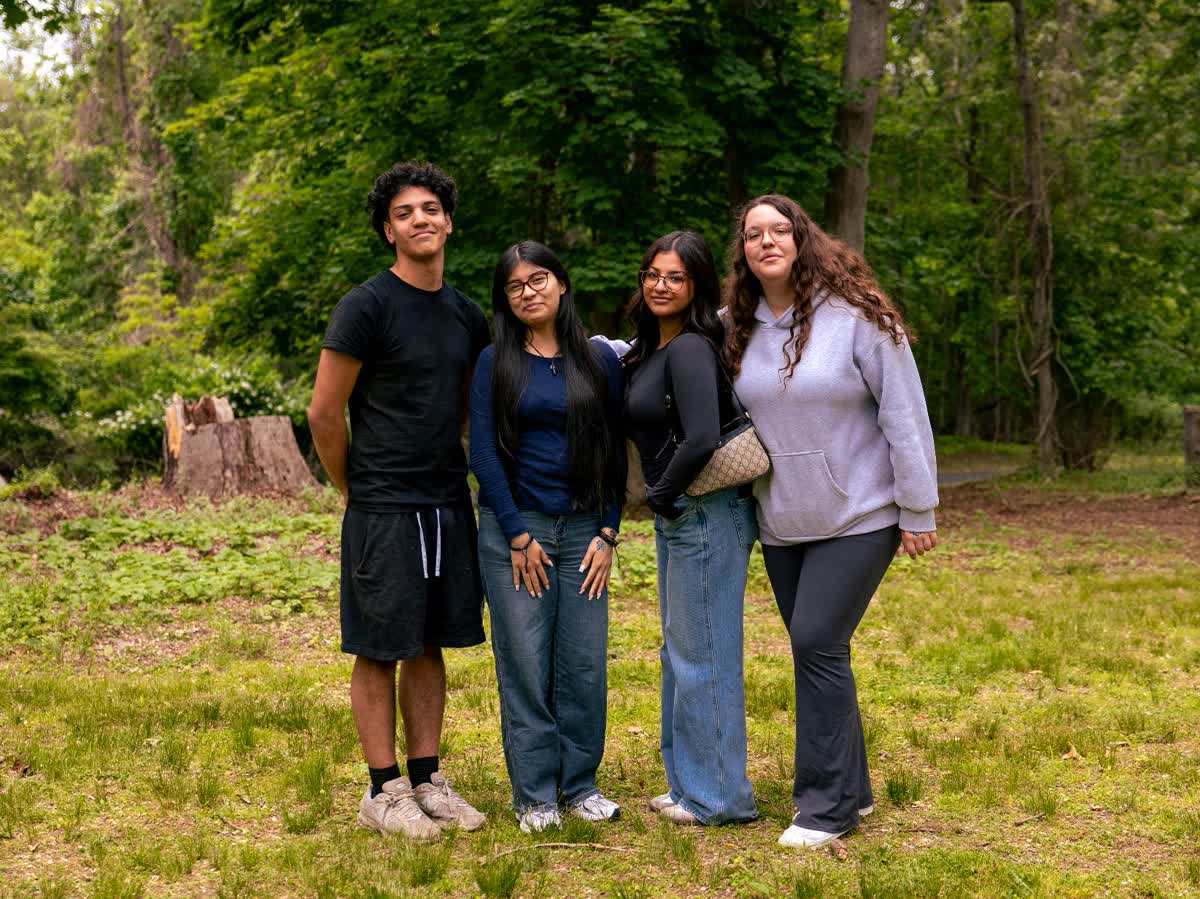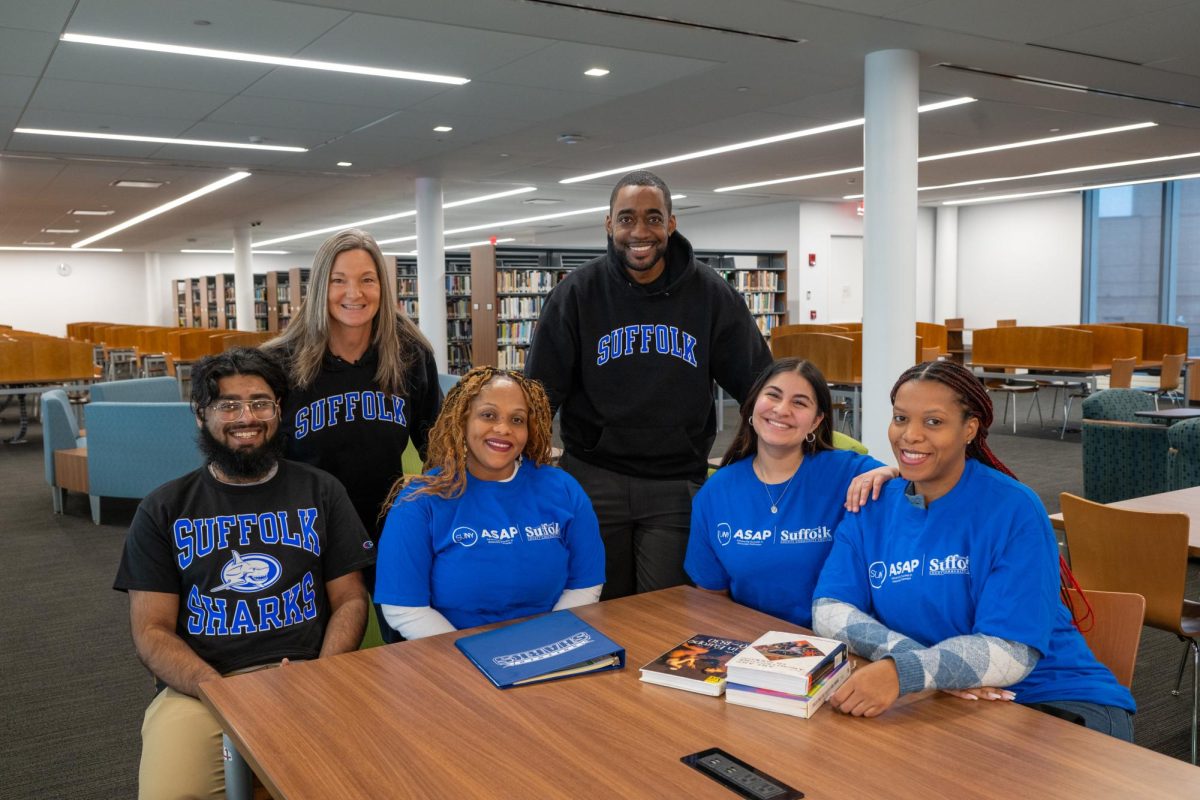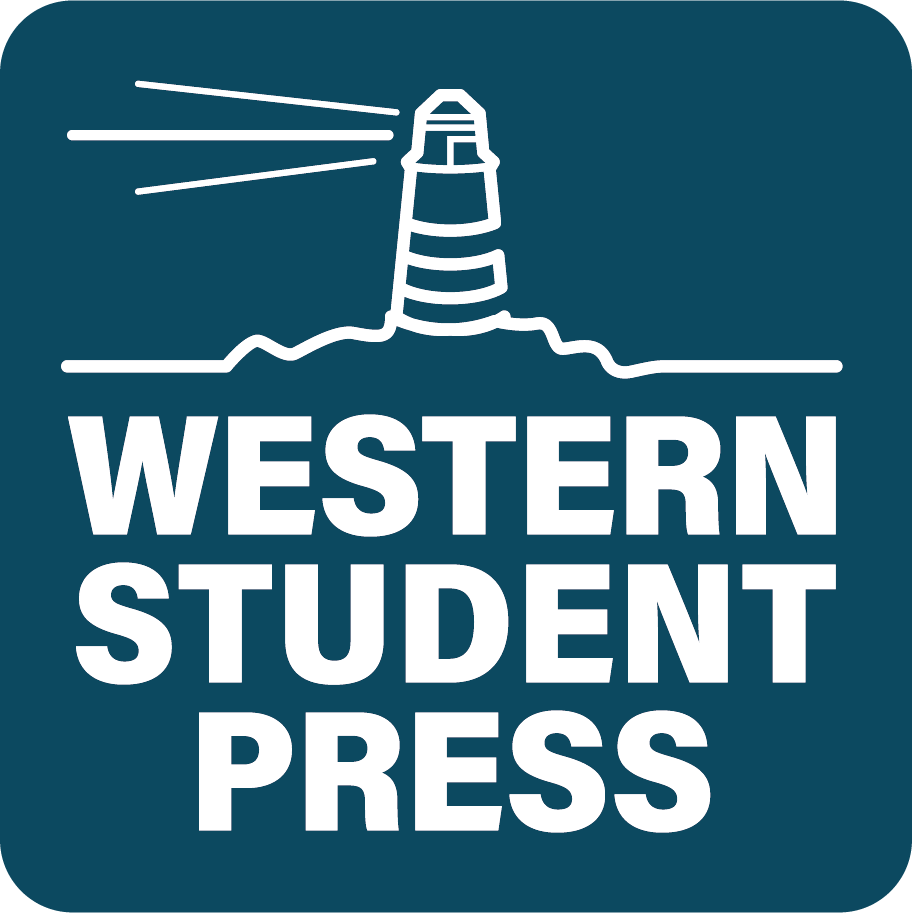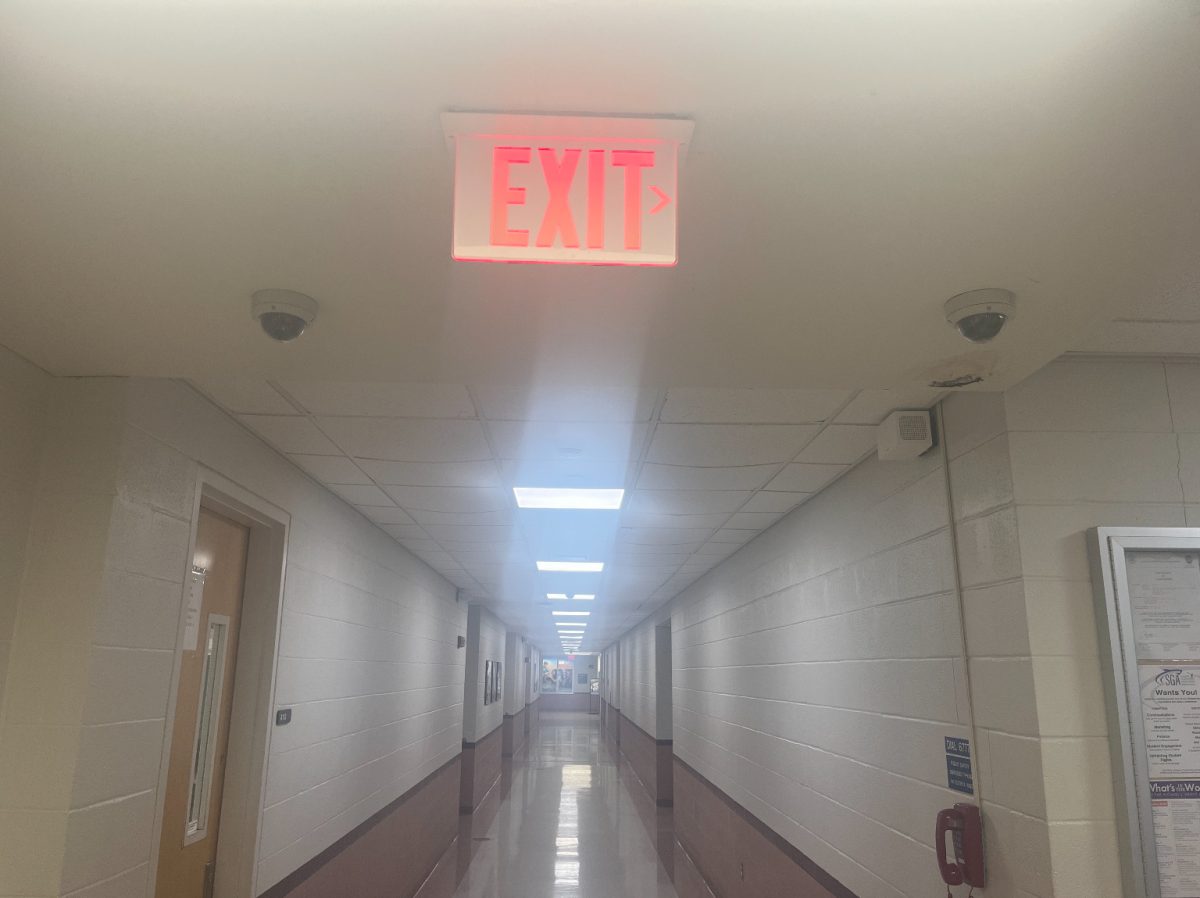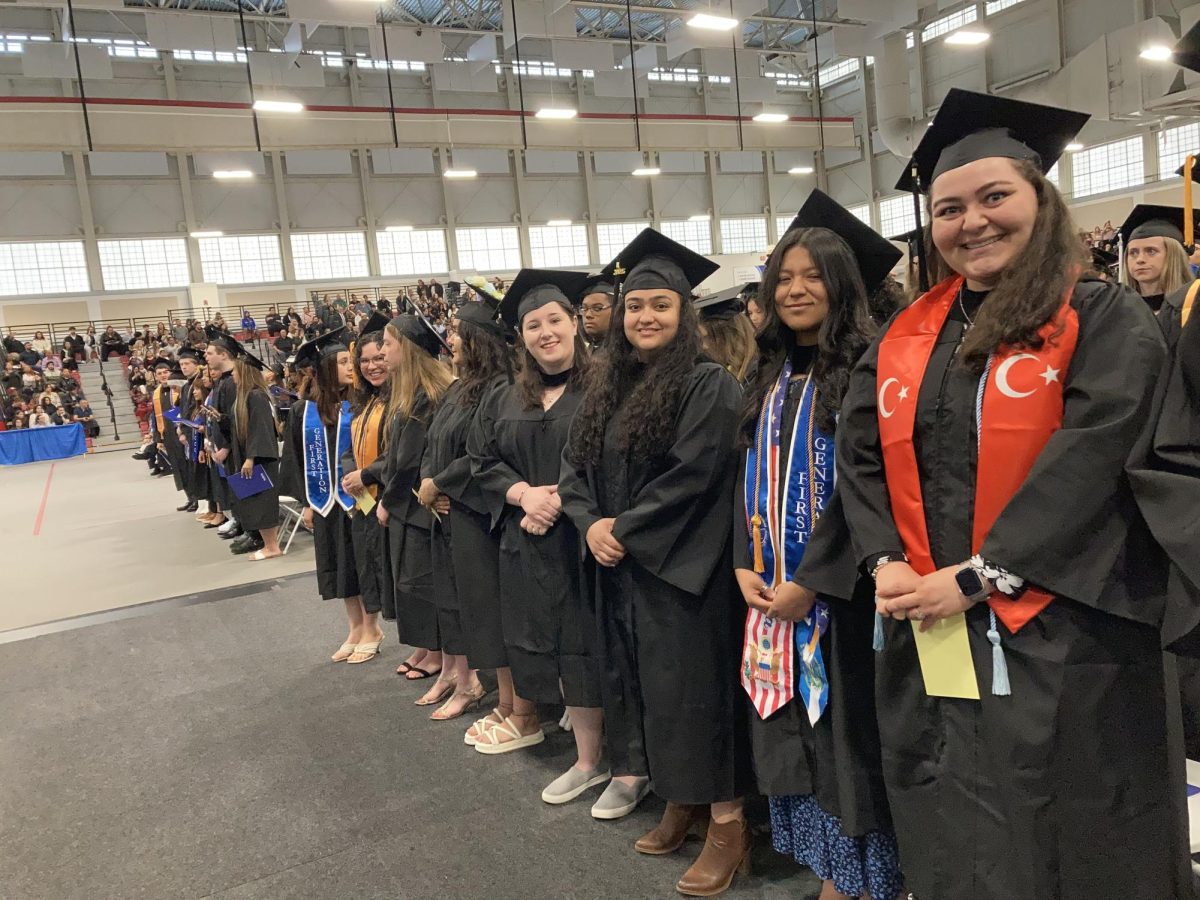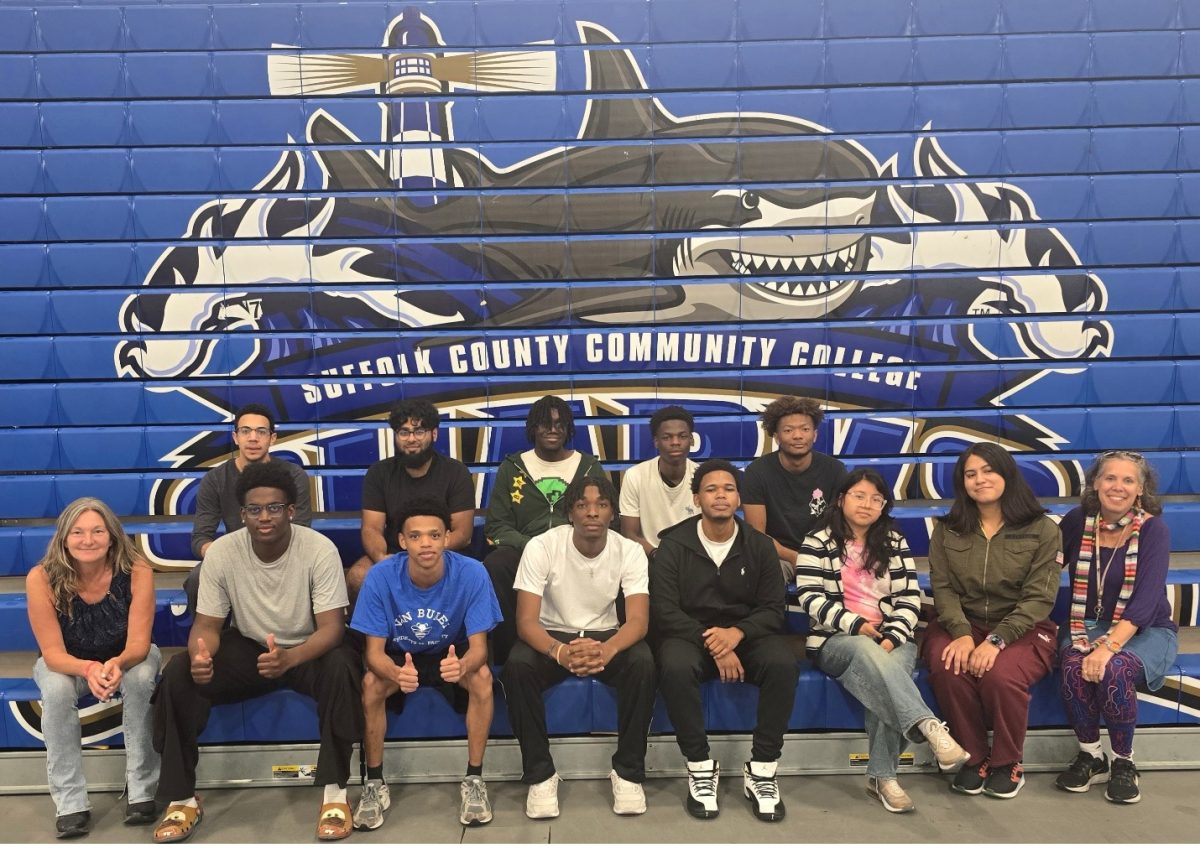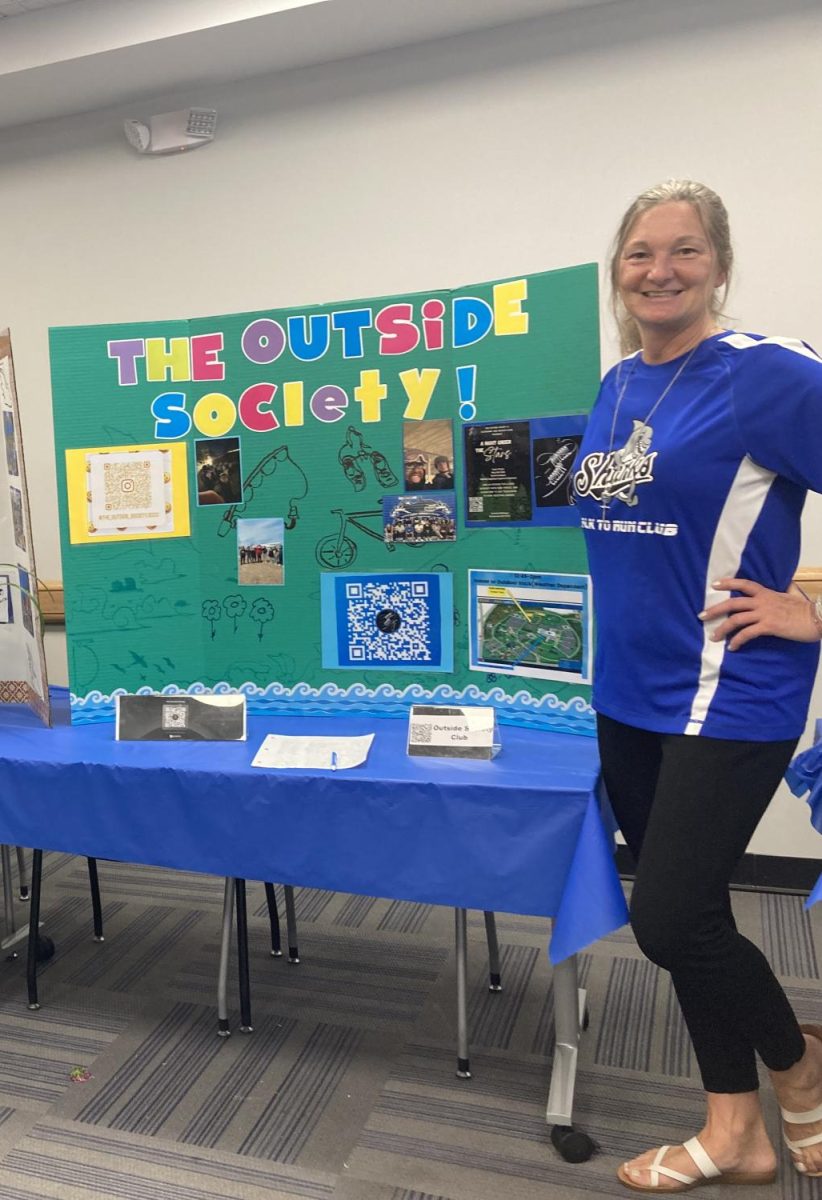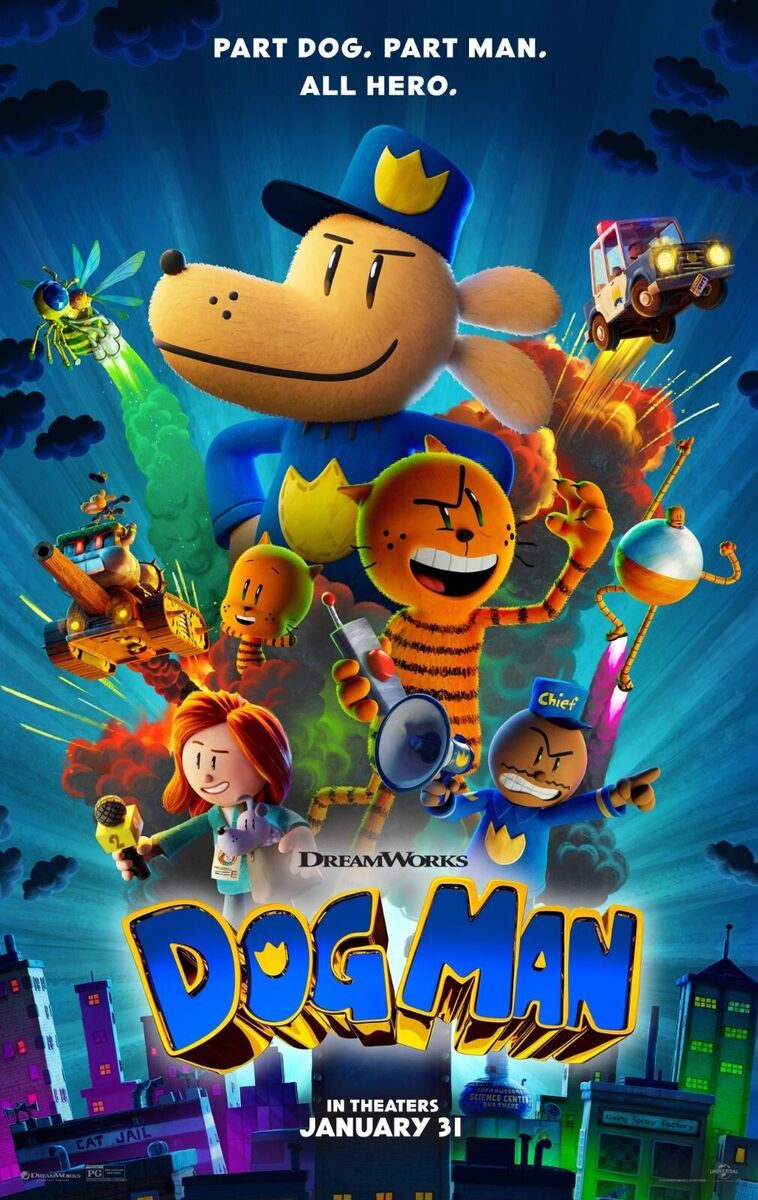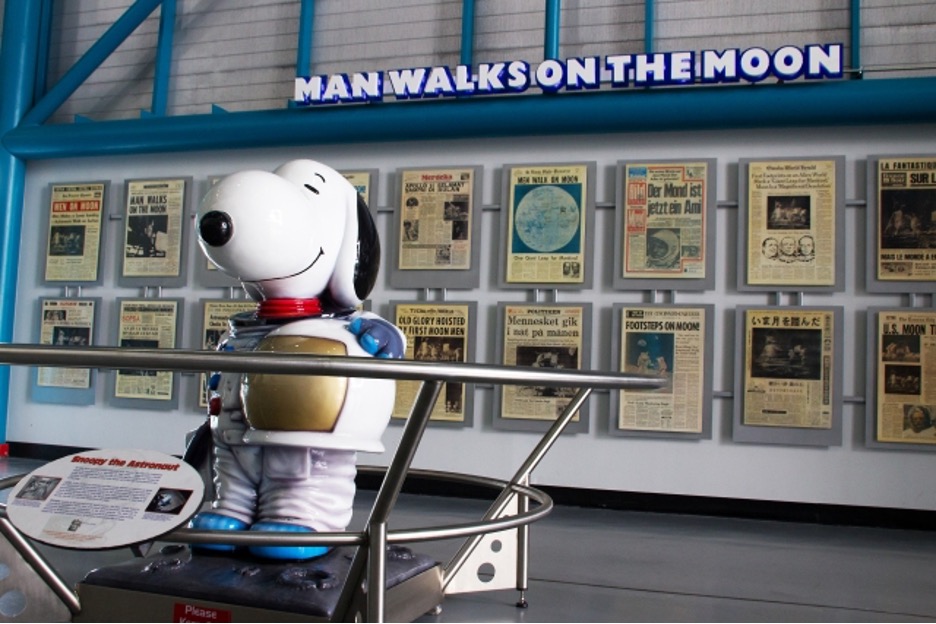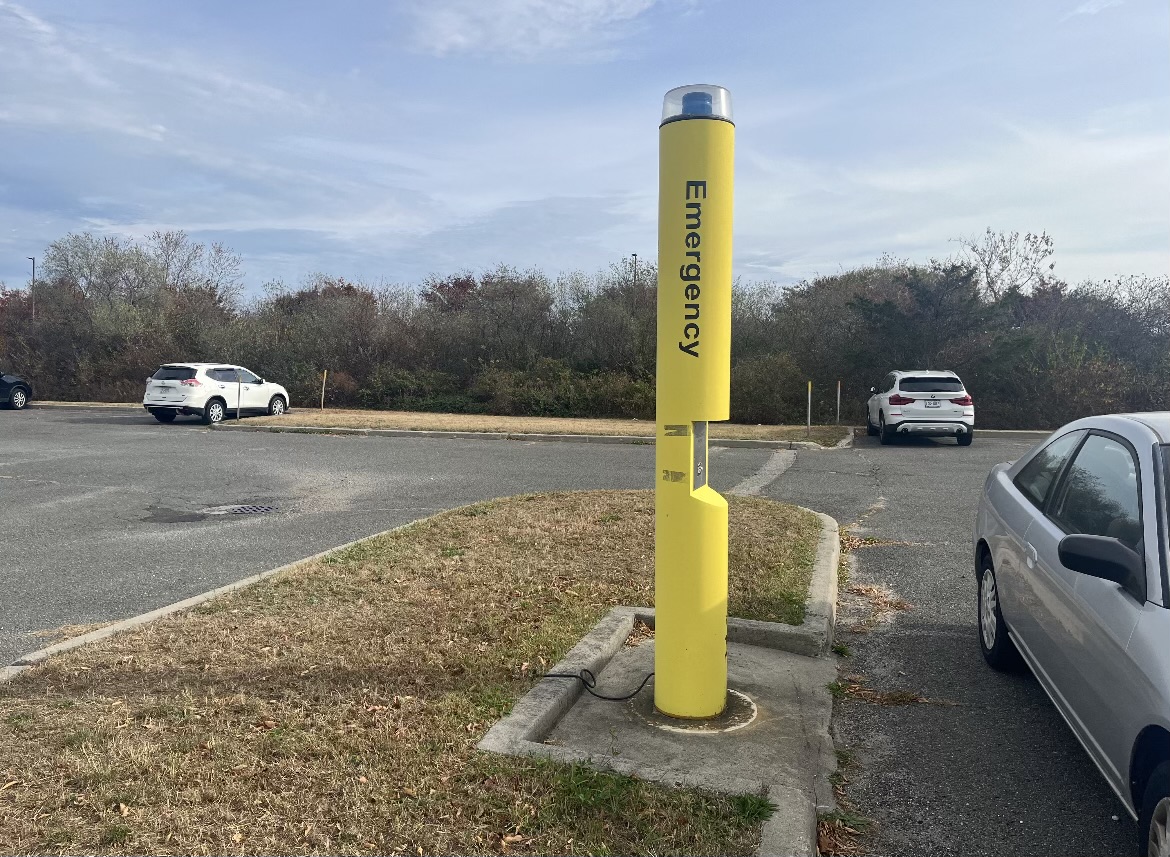For the Spanish version of this article, click here
Artificial intelligence, commonly known as AI, is an algorithm capable of performing activities typically done by humans. We unknowingly use AI almost every day. Its origins date back to the 1950s, specifically from 1950 to 1956, when AI was introduced to the public. Alan Turing, who famously developed the first machine capable of deciphering encrypted Nazi messages, is often credited as a pioneer in AI. Turing proposed the concept of “Machines That Can Think” in a groundbreaking paper, although it wasn’t until 1956 that researchers Allen Newell and Herbert Simon created a computer capable of solving mathematical problems of the era.
AI has become integrated into everyday activities and is received with varying perspectives. Some view it positively, others are critical, and many remain neutral. AI applications such as virtual assistants (Siri, Alexa, Google Assistant), online shopping platforms, and email filters that distinguish between important messages and spam are examples of how AI saves time and provides convenience. Numerous groups, including corporations, healthcare professionals, and students, benefit significantly from these technologies. AI’s ability to streamline and enhance tasks has become invaluable in academic settings, where the workload and pressure to achieve high grades are substantial.
A nursing student in her first semester shared her opinion on AI, describing it as one of humanity’s greatest inventions. “I think that AI is one of the best things that human beings have managed to create because it has many benefits, such as facilitating jobs that take much more time for people, it encourages creativity and at the same time improves the accuracy of things.” However, she also noted that it can have downsides, such as fostering dependency on technology, potentially leading to laziness and a reduction in individual effort. Her comments reflect a shared sentiment that AI provides valuable tools for tackling challenging topics and offers assistance when people encounter difficulties.
Introducing an AI service like OpenAI reveals how AI systems can perform a wide range of tasks, from answering basic questions to providing insights on complex topics like the themes of Tolstoy’s War and Peace. Despite its usefulness, AI is not without flaws. One of the primary concerns is the reliability of information, as the lack of authorship and supporting details can make AI-generated content dubious. As the creators at OpenAI point out, “We trained these models to spend more time thinking about problems before they responded, just like a person would.” However, it’s crucial to remember that AI is a human-made algorithm, potentially containing biases or inaccuracies that can affect the validity of its responses.
The ethical implications of AI in education have sparked discussions about how teachers can detect AI use in students’ work. Various AI detection programs claim accuracy in identifying AI-generated content, yet results often vary, making it difficult to rely on any single tool. Carol Hernandez, assistant dean of the Center for Teaching and Learning, stated, “There is no reliable program that teachers can use.” Hernandez, along with Instructional Design Coordinator Robin A. Hill and Specialist Alexandra Belanich, emphasized the importance of recognizing a student’s individual writing style, or “voice,” as a way to detect if AI was used. By familiarizing themselves with a student’s work, teachers may notice when assignments lack the student’s unique tone or authenticity.
A current student at SCCC expressed his perspective on AI, explaining that while some students misuse it for convenience, others use it appropriately for tasks like grammar correction. The student emphasized the ethical issue of using AI to complete entire assignments, arguing that even though AI is not a person, failing to credit it constitutes plagiarism and dishonesty. According to the Academic Integrity guidelines on the SCCC website, students caught misusing AI can face consequences such as retaking assignments, failing the assignment, or even failing the class.
The pervasive nature of AI means it has become part of daily routines, appearing in applications like Google Translate, Adobe software, Instagram, Snapchat, and autocorrect functions. When using AI, students are encouraged to consider several factors: Is its use permitted for the class? Will they genuinely learn something from it? Do they truly need AI’s assistance? While AI can be a powerful tool for brainstorming and supporting ideas, it’s essential to maintain ethical standards in academic work. AI may be here to stay, but relying solely on it won’t replace the value of personal knowledge and skills, especially when faced with real-world challenges that require genuine expertise.




